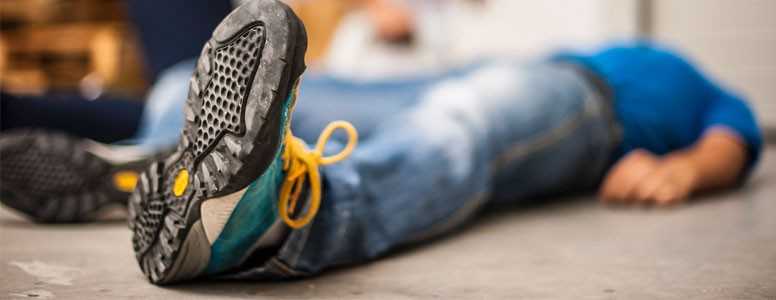A new study has found that breaking up the workday and prolonged periods of sitting by walking at a light pace is as good as sweating it out one hour every day at the gym for glucose control.
Leading an active lifestyle and avoiding long periods of sitting has been shown to positively affect blood glucose control in people with type 2 diabetes and to prevent problems associated with loss of muscle mass in type 1 diabetes.
Current guidelines recommend exercising for at least 150 min per week. But, it is estimated that over 90 per cent of people have trouble meeting this target.
Compliance is especially an issue among people with type 2 diabetes, who have to cope with muscle weakness and peripheral neuropathy.
Researchers from Maastricht University Medical Centre, in the Netherlands, have thought of an alternative to bouts of moderate- to vigorous-intensity exercise in the guidelines: regular walking at a light intensity as a daily habit.
Previous research has shown that walking after meals, for example, helps stabilise blood sugar levels. It would follow that using small bouts of walking evenly spread out during the day be even more beneficial to glucose control.
Researchers set out to test this and randomised 19 obese participants with non-insulin treated type 2 diabetes to alternate between three different activity programmes for about a month, to see which one most effectively improved their blood sugar readings.
One was a sitting regimen, restricted to one hour per day of walking. Another was an exercise regimen with one hour a day spent cycling. And the remaining regimen consisted in walking every 30 minutes for a total of two hours every day, which equates to 17,500 steps.
The participants, of whom 14 used glucose-lowering diabetes drugs, had mean fasting blood sugar levels of 7.8 mmol/l prior to taking part in the study.
Breaking sitting time with intermittent brisk walking led to significantly greater reductions of insulin resistance, duration of hyperglycemia and blood sugar levels than the structured exercise routine (7.2 mmol/l vs 7.6 mmol/l).
According to these findings, incorporating more light intensity activity into one’s daily life could be a better strategy for improving glucose control than doing structured exercise.
What's new on the forum? ⭐️
Get our free newsletters
Stay up to date with the latest news, research and breakthroughs.



